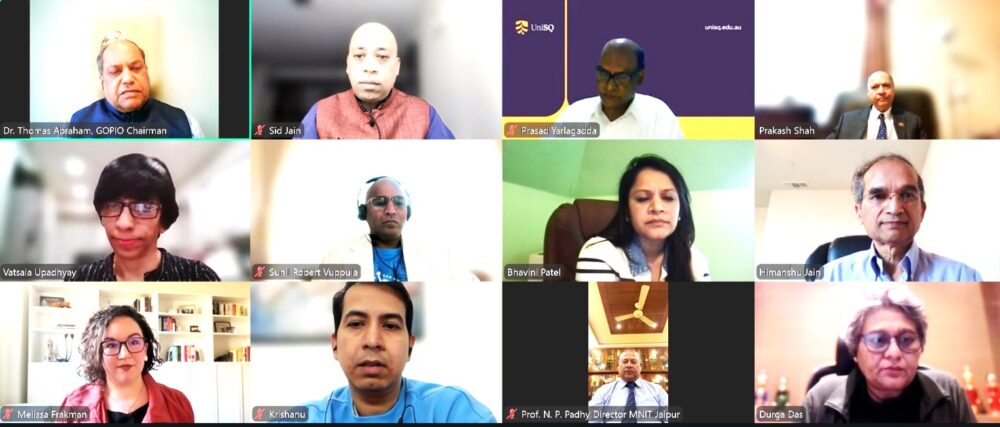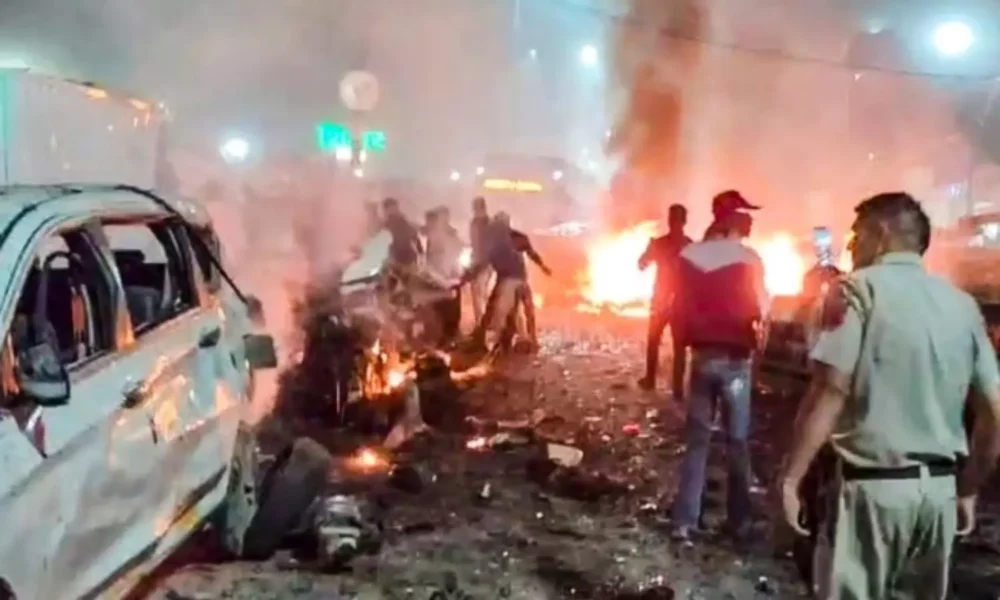The Spark and the Surge
A sweeping government ban on major social media platforms—including Facebook, Instagram, X, and YouTube—triggered an unprecedented youth-led uprising in Nepal. For a digitally native Generation Z, the ban wasn’t just censorship—it became a catalyst to confront deeper issues of corruption, inequality, and elite nepotism. Young protesters staged a defiant mass movement, storming Parliament and toppling symbols of power.
A Deadly Escalation
Violent confrontations ensued. Police and security forces responded with water cannons, tear gas, rubber bullets—and in some cases, live ammunition—leading to at least 19 deaths and hundreds more injured. The army was deployed, curfews were imposed nationwide, and in a historic move, Prime Minister K.P. Sharma Oli resigned amid the turmoil. Protesters responded by setting government buildings, including Parliament, ablaze.
Beyond the Ban: Rooted Frustration and Youth Demands
While the social media ban was the tipping point, the protests reflected broad frustration with systemic corruption, the power of political dynasties (derisively dubbed “nepo kids”), soaring youth unemployment, and limited economic opportunities. Rallying under this growing discontent, Gen Z demanded accountability, transparency, and a future driven by merit.
What Comes Next?
Though the social media ban was swiftly lifted and the Prime Minister has stepped down, the movement continues. The youth are calling not just for reform, but for a complete overhaul of entrenched political structures. With the army now securing key areas and curfews in place, the nation stands at a crossroads—searching for a more inclusive and hopeful path forward.










